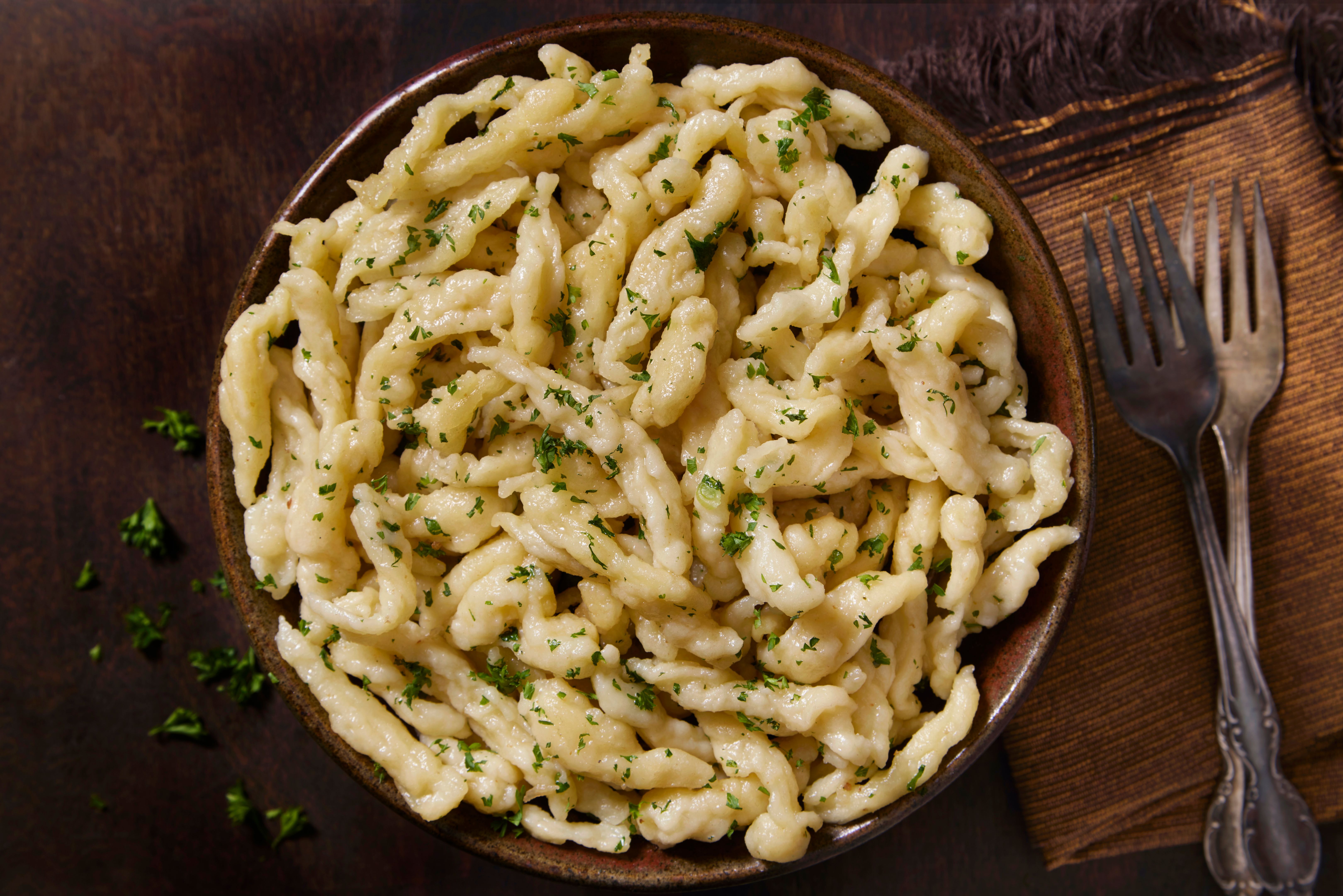Germany's Gourmet Evolution: From Tradition to Innovation
Germany: A Culinary Journey Through Time
Germany's culinary landscape is a fascinating blend of tradition and innovation. Over the years, the country has evolved from relying heavily on its rich, comforting dishes to embracing a modern gastronomic revolution. This transformation is deeply rooted in Germany's history while also being propelled by contemporary trends and global influences.
Traditional Roots: A Foundation of Flavors
At the heart of Germany’s cuisine lies a strong tradition of hearty dishes that have been passed down through generations. These meals are characterized by their use of local ingredients, such as potatoes, cabbage, pork, and rye, forming the basis of beloved dishes like sauerkraut, bratwurst, and schnitzel. German bread and beer are also iconic symbols of its culinary heritage, with each region boasting its own unique varieties.
The traditional German kitchen is not just about sustenance; it’s about community. Many classic meals are designed for sharing, bringing families and friends together around the dining table. This sense of togetherness remains a cornerstone of German culinary culture today.
The Rise of Culinary Innovation
While Germany's traditional dishes continue to be cherished, there has been a noticeable shift towards more innovative cooking styles. Young chefs are blending time-honored techniques with contemporary flair, creating unique fusion dishes that reflect both local tastes and international trends. This culinary creativity has given rise to a new wave of restaurants that are redefining German cuisine.

One of the key drivers of this innovation is the emphasis on fresh, organic ingredients. The farm-to-table movement has gained momentum in Germany, with chefs focusing on sourcing high-quality local produce to enhance the flavors and nutritional value of their dishes.
Regional Diversity: A Tapestry of Tastes
Germany's culinary evolution is also fueled by its remarkable regional diversity. Each area of the country offers distinct flavors and specialties, from the rich, meaty dishes of Bavaria to the lighter fare of the coastal north. This regional variation provides a wealth of inspiration for chefs looking to experiment with traditional recipes.

The country's multicultural population further enriches its food scene. As people from different backgrounds make Germany their home, they bring with them a variety of culinary traditions that add to the vibrant tapestry of tastes found across the nation.
Pioneering Sustainability in Cuisine
In recent years, sustainability has become a significant focus within Germany's food industry. Many restaurants and chefs are committed to reducing waste, using sustainable ingredients, and minimizing their environmental impact. This approach not only aligns with global environmental goals but also enhances the quality and authenticity of the dining experience.
Germany's dedication to sustainable cooking practices is evident in its growing number of eco-friendly eateries and initiatives aimed at educating consumers about responsible food consumption.
The Future: A Blend of Old and New
As Germany continues to evolve its culinary identity, it remains deeply connected to its roots while embracing modernity. The future promises a harmonious blend of tradition and innovation, where classic flavors meet cutting-edge techniques to create an exciting and diverse food landscape.
Whether you're savoring a traditional German meal or exploring a contemporary dining experience, Germany offers a rich tapestry of tastes that celebrates both its past and its future.
